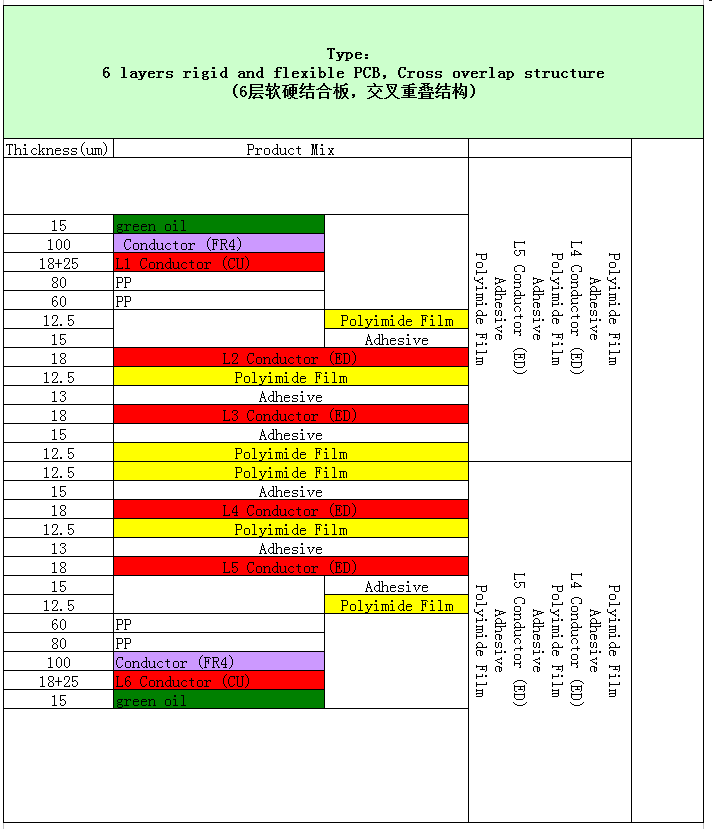Flexible board FPC used to be called chaotically. It was first called soft board, and later it was also called flexible board, flexible printed circuit board and so on. Rigid-flex printed board refers to a printed board that contains one or more rigid areas and one or more flexible areas, which are composed of rigid boards and flexible boards laminated together in an orderly manner, and are formed with metalized holes Electrical connections. Rigid-flex printed boards can not only provide the necessary support for rigid printed boards, but also have the flexibility of flexible boards to meet the requirements of three-dimensional assembly. In recent years, the demand has increased. The traditional rigid-flex board design concept is to save space, facilitate assembly and improve reliability; a new type of rigid-flex board that integrates traditional rigid-flex board design and micro-blind via technology provides a new solution for the interconnection field. Its advantages are: suitable for folding mechanisms, such as flip phones, cameras, and laptops; improve product reliability; use traditional assembly methods, but can simplify assembly and be suitable for 3D assembly; combine with micro via technology to provide better Design convenience and use of smaller components; use lighter materials instead of traditional FR-4. Rigid-flex boards used in mobile phones are generally formed by connecting two layers of flexible boards and rigid boards.
Development prospects: Rigid-flex board is a type of PCB that has grown very rapidly in recent years. It is widely used in computers, aerospace, military electronic equipment, mobile phones, digital (camera) cameras, communication equipment, analytical instruments, etc. According to forecasts, the average annual growth rate from 2005 to 2010 is more than 20% in terms of output value, and the average annual growth rate in terms of area is more than 37%, which greatly exceeds the growth rate of ordinary PCBs. So far, there are few manufacturers that can produce rigid-flex boards, and almost no manufacturers have experience in mass production, so its development prospects are very promising.
